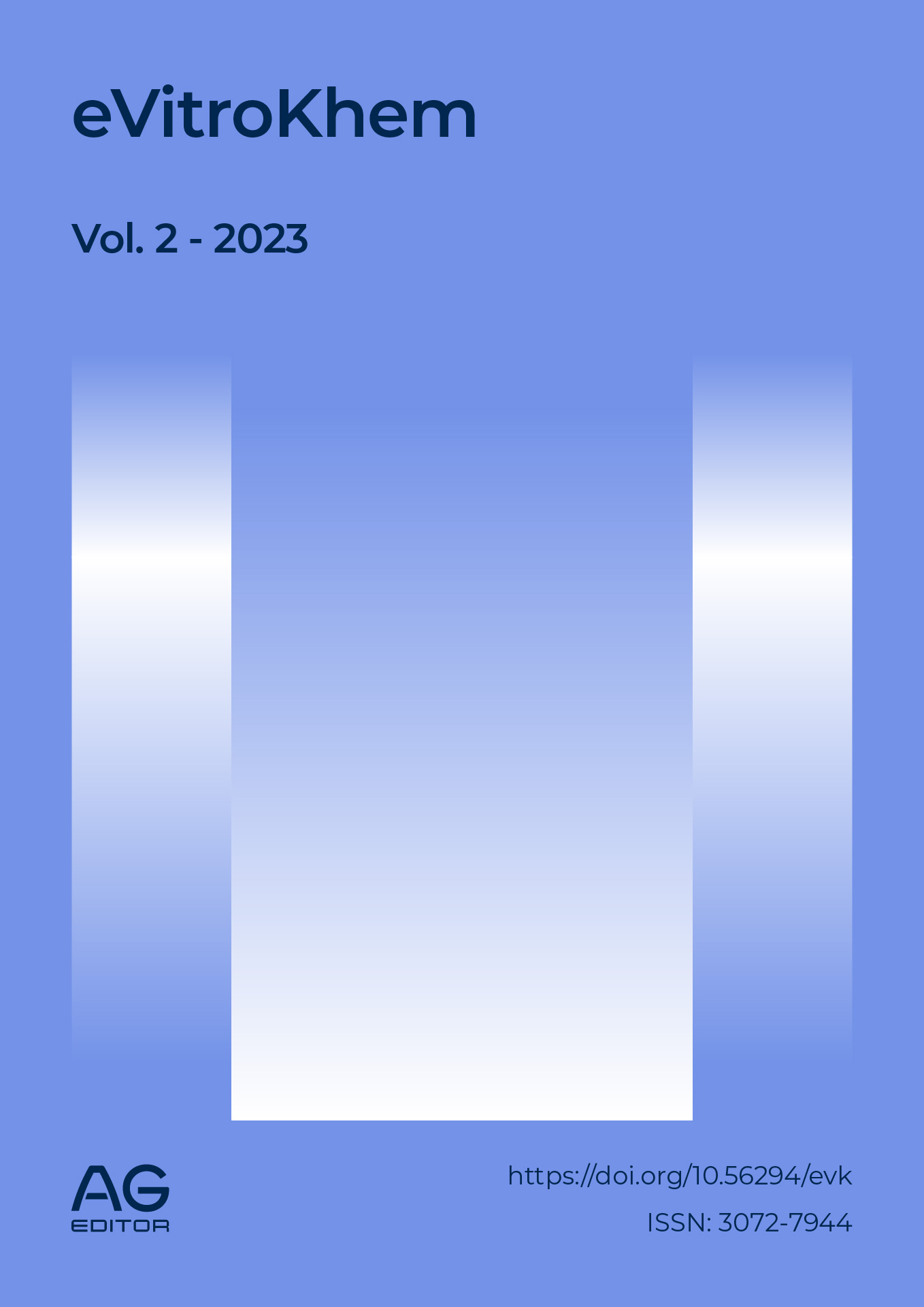pH values of fluoride mouthwashes marketed in Peru: an observational study
DOI:
https://doi.org/10.56294/evk202211Keywords:
mouthwashes, sodium fluoride, hydrogen-ion concentration, acidification, tooth erosion, tooth demineralizationAbstract
The objective of this research was to determine the average pH value of fluoride mouthwashes marketed in Peru. The methodological design was experimental-descriptive. Seven commercial brands were evaluated, with a sample of 21 fluoride mouthwashes, three per group, Colgate Plax Ice Glacial Zero Alcohol, Colgate Plax Soft Mint Zero Alcohol, Listerine Total Care Zero, Listerine Anticaries, Oral B Complete, Dento Menta Zero Alcohol and Vitis Orthodontic; a previously calibrated digital pH meter was used to measure the pH and the data was processed with ANOVA and Tukey tests, finding statistically significant differences in the means of the pH values of the mouthwashes p=0. 000(p<0.05), these were considered acidic since they obtained values ranging from 3.93 to 6.27, of which 6 of the brands evaluated obtained values below the critical pH=5.5 considered potentially erosive for the enamel, Listerine Anticaries was the most acidic with a pH=3.93 and Dento Menta Zero Alcohol the least acidic with a pH=6.27, being the only brand that was above the critical value. It is suggested that the pH value be expressed on the commercial label, and thus be taken into account when choosing the most appropriate mouthwash according to the patient's needs, evaluating the benefit/side effect.
References
1. Takenaka S, Ohsumi T, Noiri Y. Evidence-based strategy for dental biofilms: current evidence of mouthwashes on dental biofilm and gingivitis. Jpn Dent Sci Rev. 2019;55(1):33–40. DOI: https://doi.org/10.1016/j.jdsr.2018.07.001
2. Botazzo Delbem AC, Takebayashi SK, Castro AM de, Pinto LMCP, Bergamaschi M. Assessment of the fluoride concentration and pH in different mouthrinses on the Brazilian market. J Appl Oral Sci. 2003;11(4):319–23. DOI: https://doi.org/10.1590/S1678-77572003000400008
3. Marinho VCC, Chong LY, Worthington HV, Walsh T. Fluoride mouthrinses for preventing dental caries in children and adolescents. Public Health Nurs. 2018;35(1):85–7. DOI: https://doi.org/10.1111/phn.12364
4. Hanan A, Souza P De, Filho PZ, Hanan SA, Souza AP De, Pinto R, et al. Avaliação da concentração de flúor, do pH, da viscosidade e do teor de sólidos solúveis totais em enxaguatórios bucais fluoretados disponíveis comercialmente na cidade de Manaus. Pesqui Bras Odontopediatria Clín Integr. 2011. DOI: https://doi.org/10.4034/PBOCI.2011.114.15
5. Lima L De, Valença G, Maria A, Albuquerque R De, Albuquerque FR De. Análise do pH e da viscosidade de enxaguatórios bucais fluoretados disponíveis comercialmente na cidade de João Pessoa - PB. Pesqui Bras Odontopediatria Clín Integr. 2005.
6. Alves D, Costa AL, Almeida RF, Carvalho JFC, Felino A. Cloreto de cetilpiridínio - revisão da literatura. Rev Port Estomatol Med Dent Cir Maxilofac. 2012;53(3):181–9. DOI: https://doi.org/10.1016/j.rpemd.2011.11.006
7. Marchetti E, Tecco S, Caterini E, Casalena F, Quinzi V, Mattei A, et al. Alcohol-free essential oils containing mouthrinse efficacy on three-day supragingival plaque regrowth: a randomized crossover clinical trial. BioMed Cent. 2017;18(1):1–8. DOI: https://doi.org/10.1186/s13063-017-1901-z
8. Tolentino E de S, Chinellato LEM, Tarzia O. Saliva and tongue coating pH before and after use of mouthwashes and relationship with parameters of halitosis. J Appl Oral Sci. 2011;19(2):90–4. DOI: https://doi.org/10.1590/S1678-77572011000200002
9. Van der Kaaij N, Van der Veen M, Van der Kaaij M, Ten Cate J. A prospective, randomized placebo-controlled clinical trial on the effects of a fluoride rinse on white spot lesion development and bleeding in orthodontic patients. Eur J Oral Sci. 2015;123(3):186–93. DOI: https://doi.org/10.1111/eos.12186
10. Baumann T, Kozik J, Lussi A, Carvalho TS. Erosion protection conferred by whole human saliva, dialysed saliva, and artificial saliva. Sci Rep. 2016;6(June):6–13. DOI: https://doi.org/10.1038/srep34760
11. Valdivia Tapia AC. Concentración de fluoruro en enjuagues bucales comercializados en Chile y Brasil [tesis]. Universidad de Talca; 2018.
12. Rirattanapong P, Rirattanapong O. Concentrations of fluoride among commercially available mouthrinses for children in Thailand. Southeast Asian J Trop Med Public Health. 2019;50(2):411–5.
13. Fernandez CS. Tipo de almacenamiento y el contenido de alcohol en el nivel de pH de colutorios orales de comercialización local en el año 2018 [tesis pregrado]. Universidad Inca Garcilaso de la Vega; 2018.
14. Alves D, Gondima BLC, Pereiraa IF, Moreiraa M dos SC, Santiagoa BM, Valençaa AMG. Physicochemical properties, labeling and antimicrobial activity of mouthwashes for children. J Dent Sci Rev Odonto Ciência. 2015;30(4):200–4.
15. Eguizabal S. Valoración del pH de cinco marcas de colutorios fluorados comercializados en Lima en el año 2018 [tesis pregrado]. Universidad Inca Garcilaso de la Vega; 2018. Disponible en: http://repositorio.uigv.edu.pe/handle/20.500.11818/344.
16. Belardinelli PA, Morelatto RA, Benavidez TE, Baruzzi AM, López de Blanc SA. Effect of two mouthwashes on salivary pH. Acta Odontol Latinoam. 2014;27(2):66–71.
Published
Issue
Section
License
Copyright (c) 2023 Sheyla Zorrilla-Reyes (Author)

This work is licensed under a Creative Commons Attribution 4.0 International License.
The article is distributed under the Creative Commons Attribution 4.0 License. Unless otherwise stated, associated published material is distributed under the same licence.






